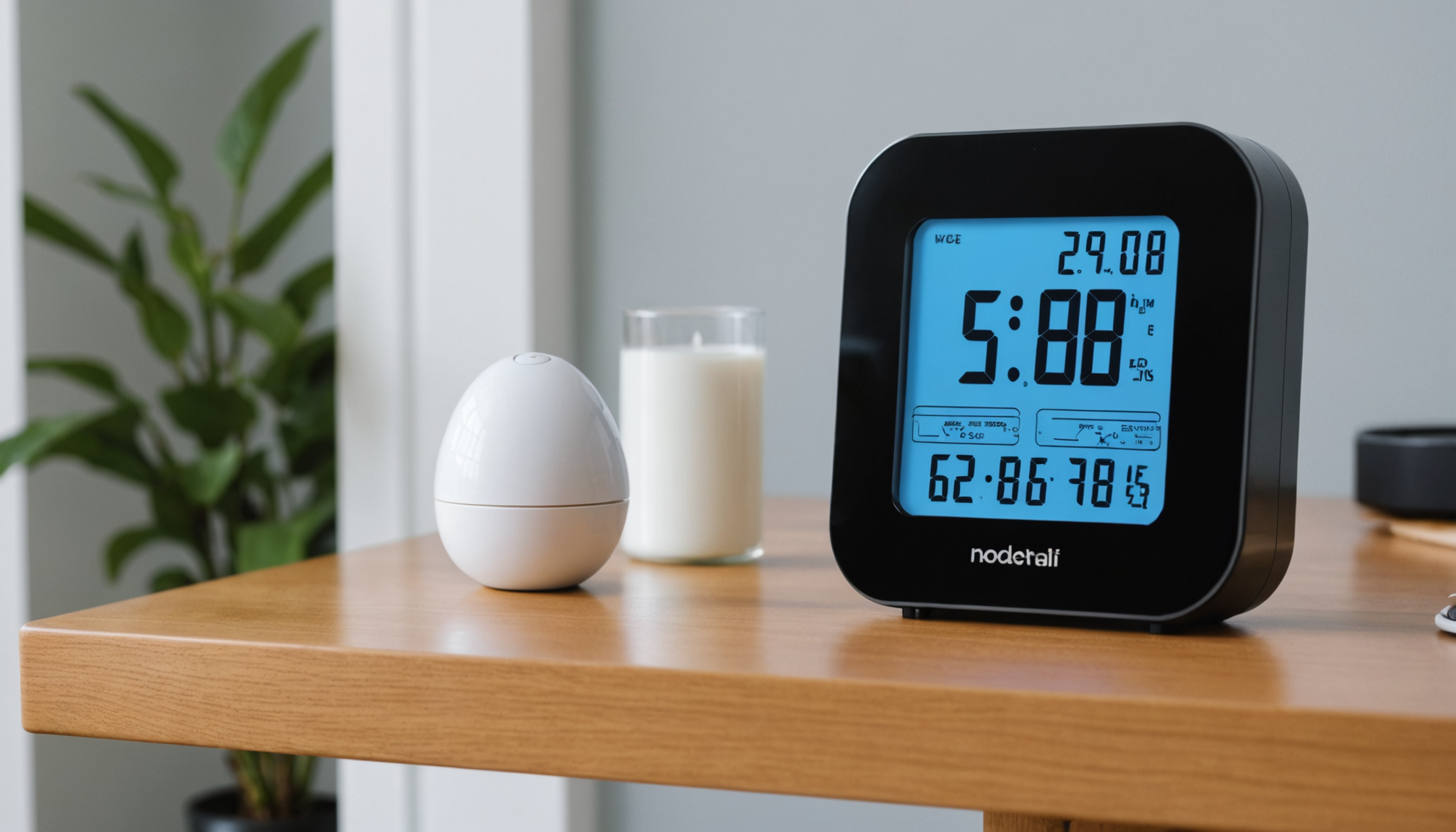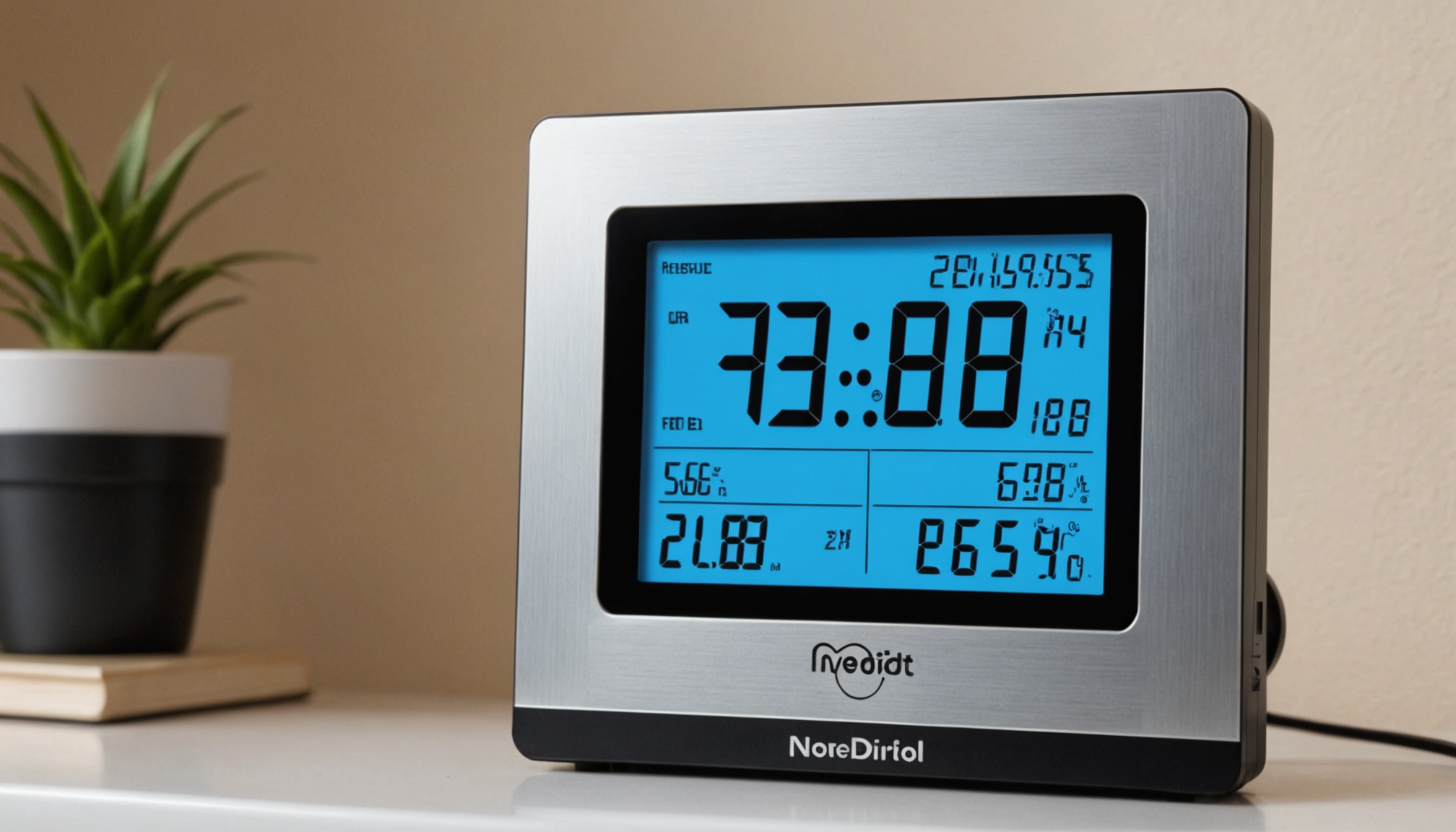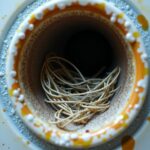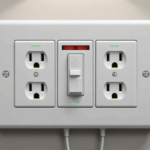In Orlando’s subtropical climate, maintaining proper indoor humidity levels is crucial for preventing mold growth and ensuring a healthy living environment. According to the Environmental Protection Agency (EPA), indoor relative humidity should be kept between 30% and 50%, with 45% being ideal for Orlando homes during most of the year. However, local HVAC experts often recommend targeting 40-45% during the peak summer months when outdoor humidity regularly exceeds 80%.
Research from the University of Florida’s Department of Environmental Engineering shows that Orlando homes face unique challenges, with outdoor humidity levels averaging 74% annually. This external moisture pressure means homeowners must be particularly vigilant about indoor humidity control. Studies indicate that when indoor humidity exceeds 60% for extended periods, the risk of mold growth increases significantly, particularly in poorly ventilated areas.
To effectively monitor humidity levels, experts recommend installing multiple hygrometers throughout your home, particularly in:
- Bathrooms and laundry rooms
- Basements or crawl spaces
- Closets and storage areas
- Bedrooms and living spaces
Dr. Sarah Martinez, a leading indoor air quality specialist at the Florida Indoor Air Quality Association, emphasizes that maintaining consistent humidity levels is more important than hitting exact numbers. “For Orlando homeowners, it’s crucial to keep humidity levels stable throughout the day, even as external conditions fluctuate,” she explains. “Variations of more than 10% within a 24-hour period can create condensation issues that promote mold growth.”
The Florida Building Code now requires new construction to incorporate humidity control measures, acknowledging the critical role of moisture management in our climate. For existing homes, the American Society of Heating, Refrigerating and Air-Conditioning Engineers (ASHRAE) guidelines suggest that Orlando residents should aim for slightly lower humidity levels during winter months (35-40%) when using heating systems, as warm air can hold more moisture than cool air.
Common humidity trouble spots in Florida homes
Florida homes, particularly in Orlando’s humid climate, face several challenging areas where moisture tends to accumulate and create ideal conditions for mold growth. Bathrooms represent one of the most problematic spaces, where daily showers and poor ventilation can create persistent humidity issues. Even with exhaust fans, these areas can maintain humidity levels 15-20% higher than other parts of the house, making them prime spots for mold development.
Kitchens present another significant challenge, especially around dishwashers and under-sink areas where plumbing leaks may go unnoticed. The combination of cooking steam and water usage creates micro-environments where humidity can spike well above the recommended levels. HVAC professionals in Orlando frequently identify window frames and exterior walls as trouble spots, where temperature differentials between indoor and outdoor air cause condensation to form.
Closets and enclosed storage areas pose particular risks because they often lack adequate air circulation. Clothing and stored items can trap moisture, leading to musty odors and potential mold growth. Garages, especially those used for laundry facilities, frequently experience humidity control challenges due to their semi-conditioned nature and exposure to outdoor conditions.
Crawl spaces and attics in Florida homes require special attention, as they can harbor excessive moisture that affects the entire house. These areas often experience humidity levels 20-30% higher than living spaces, making proper ventilation and moisture barriers essential components of effective mold prevention strategies.
- Hidden plumbing leaks behind walls contribute to 40% of residential mold problems in Orlando
- Improperly vented dryer exhaust can raise local humidity levels by up to 30%
- Poorly insulated ductwork can create condensation points that affect surrounding areas
- Bathroom exhaust fans should be rated for at least 50 cubic feet per minute to effectively remove moisture
Optimal air conditioning settings for mold prevention
Many Orlando homeowners make critical errors when setting their air conditioning systems, unknowingly creating conditions that promote mold growth. One of the most common mistakes is running the A/C at temperatures that are too low, typically below 72°F. While this might feel comfortable, it can cause the system to cycle too quickly, preventing adequate dehumidification.
The ideal thermostat setting for Orlando homes during summer months should be between 74-78°F. This range allows the HVAC system to run long enough cycles to effectively remove moisture from the air. The fan setting is equally crucial – many residents incorrectly leave it on “ON” mode continuously, which can reintroduce moisture back into the home. Instead, the fan should be set to “AUTO” to optimize humidity control.
Temperature fluctuations throughout the day should be minimal. Experts recommend limiting adjustments to no more than 2-3 degrees between day and night settings. Larger swings can cause condensation on windows and walls, creating perfect conditions for mold development. Programming your thermostat with a maximum 5-degree difference between occupied and unoccupied periods helps maintain consistent humidity levels.
For optimal performance, consider these specific settings:
– Daytime temperature: 76-77°F
– Nighttime temperature: 74-75°F
– Fan mode: Always on AUTO
– Cooling mode: COOL (not just FAN)
– Humidity control setting (if available): 45-50%
Another frequent error is closing off vents in unused rooms. This practice disrupts the system’s balanced airflow and can create cold spots where moisture accumulates. All vents should remain open, even in rarely used spaces, to maintain proper air circulation throughout the house.
Modern HVAC systems often include humidity control features that many homeowners either ignore or misuse. These should be activated and set to maintain relative humidity between 45-50%. If your system lacks built-in humidity control, consider installing a whole-house dehumidifier that works in conjunction with your air conditioning system.
Dehumidification strategies and equipment options
Beyond traditional HVAC systems, Orlando homeowners have several effective dehumidification options to maintain optimal moisture levels. Whole-house dehumidifiers, integrated directly into existing HVAC systems, offer comprehensive humidity control throughout the entire home. These units typically remove 70-130 pints of moisture daily, making them particularly effective during Florida’s intense humid seasons.
Portable dehumidifiers serve as excellent supplements for specific problem areas. For optimal results, choose units with the following features:
– Auto-humidistat controls
– Energy Star certification
– Continuous drainage options
– Antimicrobial filters
– Digital humidity displays
Mini-split systems with dehumidification modes provide targeted moisture control in challenging spaces like sunrooms or converted garages. These systems can remove moisture even when cooling isn’t required, offering year-round humidity management capabilities.
Energy-recovery ventilators (ERVs) represent another valuable tool in the fight against excess moisture. These systems exchange humid indoor air with fresher outdoor air while maintaining temperature control, proving especially useful in tightly sealed modern homes.
For crawl spaces and basements, vapor barriers combined with dedicated dehumidifiers create an effective moisture management system. Professional-grade desiccant dehumidifiers work particularly well in these areas, as they can operate efficiently at lower temperatures.
Consider these placement strategies for maximum effectiveness:
– Position portable units in central locations within problem rooms
– Keep dehumidifiers away from walls and furniture
– Ensure proper drainage paths for continuous operation
– Install whole-house systems near your existing HVAC return duct
Modern smart dehumidifiers can integrate with home automation systems, allowing remote monitoring and adjustment of humidity levels. These connected devices can alert homeowners to sudden moisture increases and track long-term humidity patterns, enabling proactive mold prevention strategies.
When selecting equipment, factor in these crucial specifications:
– Coverage area (square footage)
– Moisture removal capacity (pints per day)
– Operating temperature range
– Energy efficiency ratings
– Noise levels (decibels)
– Maintenance requirements
By implementing a comprehensive dehumidification strategy using appropriate equipment, you can maintain optimal moisture levels and create a healthier living environment. Remember to regularly assess your home’s humidity patterns and adjust your approach as needed to stay ahead of potential mold issues.
Maintenance tips for humidity control systems
- How often should I clean my HVAC system’s condensate drain line in Orlando?
- The condensate drain line should be cleaned monthly during peak humidity seasons (May-October) and quarterly during other months. Regular maintenance prevents clogs that can lead to water backup and increased indoor humidity, which promotes mold growth.
- What’s the best way to maintain my dehumidifier’s efficiency?
- Clean or replace the filter every 2-3 months and wipe down collection buckets with vinegar solution monthly to prevent mildew. Regularly check and clean the coils, and ensure proper airflow around the unit by keeping it at least 6 inches away from walls.
- How do I know if my humidity control system is working properly?
- Monitor readings from multiple hygrometers throughout your home to ensure consistent humidity levels between 40-50%. If you notice significant variations between rooms or persistent musty odors, your system may need professional inspection.
- Should I run my bathroom exhaust fan differently in Orlando’s climate?
- Run the bathroom exhaust fan during showers and for at least 30 minutes afterward to remove excess moisture. In Orlando’s humid climate, consider installing a humidity-sensing switch that automatically operates the fan when moisture levels rise.
- How often should I schedule professional HVAC maintenance for optimal mold prevention?
- Schedule comprehensive HVAC maintenance twice yearly, ideally in spring and fall, with emphasis on humidity control components. Professional technicians should check refrigerant levels, clean evaporator coils, and calibrate humidity sensors during these visits.











